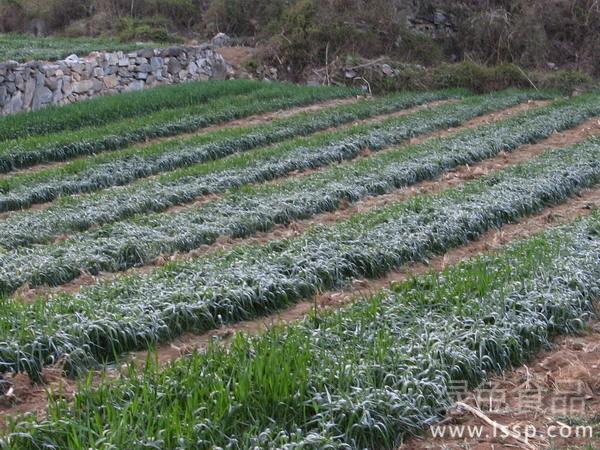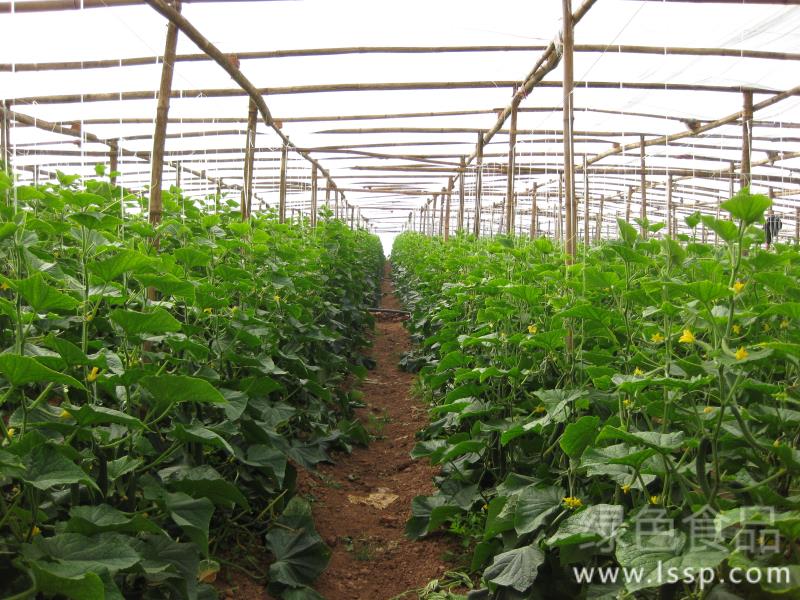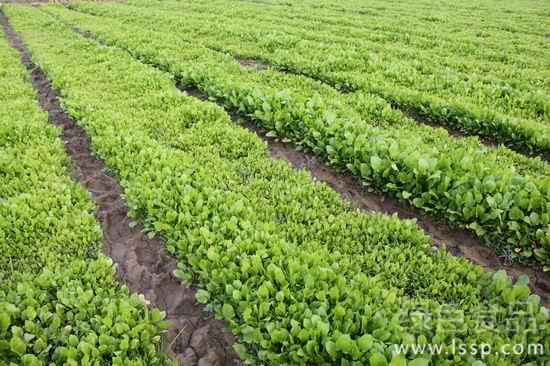Cold air invasion harm how to prevent crop frost

Crops are subject to frost
After the beginning of winter, frost weather is more frequent, which has a great impact on crops. Because different crops have different ability to endure low temperature in different development stages, the frost index is also different. The occurrence of frost is generally caused by the invasion of cold air, as well as by topography, topography and soil properties. The longer the frost intensity lasts, the more harmful it will be to crops. So how to prevent frost? The methods of preventing frost can be divided into two categories: agro-technical measures and physical and chemical methods.
1. Agro-technical measures: it is very important and feasible to resist frost through agro-technical measures, and it is also the fundamental measure to prevent frost. Agricultural technical measures are various, and corresponding defensive measures should be taken according to local and time conditions and material conditions. According to the law of frost occurrence in various places and the growth characteristics of crops, the proportion of various crops should be allocated reasonably, the suitable sowing time and field transplanting period should be selected, the varieties resistant to low temperature and frost should be cultivated, and the reasonable sowing method and soil covering depth should be adopted. rational fertilization, increase the application of potash fertilizer, promote the growth of crops and improve their cold resistance.
2. Physical and chemical measures: use anti-frost equipment and anti-frost materials to prevent crops from freezing. ① smoking and artificial smoking: smoking is a long-standing anti-frost method, which uses straw, weeds, benchmarking, litter, sawdust and other burning smoke to protect against frost. ② irrigation method: in the area with convenient water source, the leaf surface temperature of crops after irrigation was 1-2 ℃ higher than that without irrigation at night, and the frost prevention effect was better on the same day and the next day after irrigation. In recent years, water spraying has been used to prevent frost, that is, artificial precipitation is used to spray water droplets evenly on the leaves of objects or fruit trees. water spraying needs to be carried out many times until the temperature picks up at sunrise. ③ covering method: cover or wrap crops with grass curtains, mats, plant ash, soil, straw, barnyard manure, plastic film, etc., which can prevent cold air attack and weaken the radiation cooling of soil and plant surface. It is a very effective anti-frost method.
- Prev

Seven Measures to Strengthen Winter Management of Solar Greenhouse
Seven Measures to Strengthen Winter Management of Solar Greenhouse
- Next

Guidelines for the use of pesticides to promote the balanced cultivation of traditional Chinese Medicinal Materials
Guidelines for the use of pesticides to promote the balanced cultivation of traditional Chinese Medicinal Materials
Related
- Fuxing push coffee new agricultural production and marketing class: lack of small-scale processing plants
- Jujube rice field leisure farm deep ploughing Yilan for five years to create a space for organic food and play
- Nongyu Farm-A trial of organic papaya for brave women with advanced technology
- Four points for attention in the prevention and control of diseases and insect pests of edible fungi
- How to add nutrient solution to Edible Fungi
- Is there any good way to control edible fungus mites?
- Open Inoculation Technology of Edible Fungi
- Is there any clever way to use fertilizer for edible fungus in winter?
- What agents are used to kill the pathogens of edible fungi in the mushroom shed?
- Rapid drying of Edible Fungi

